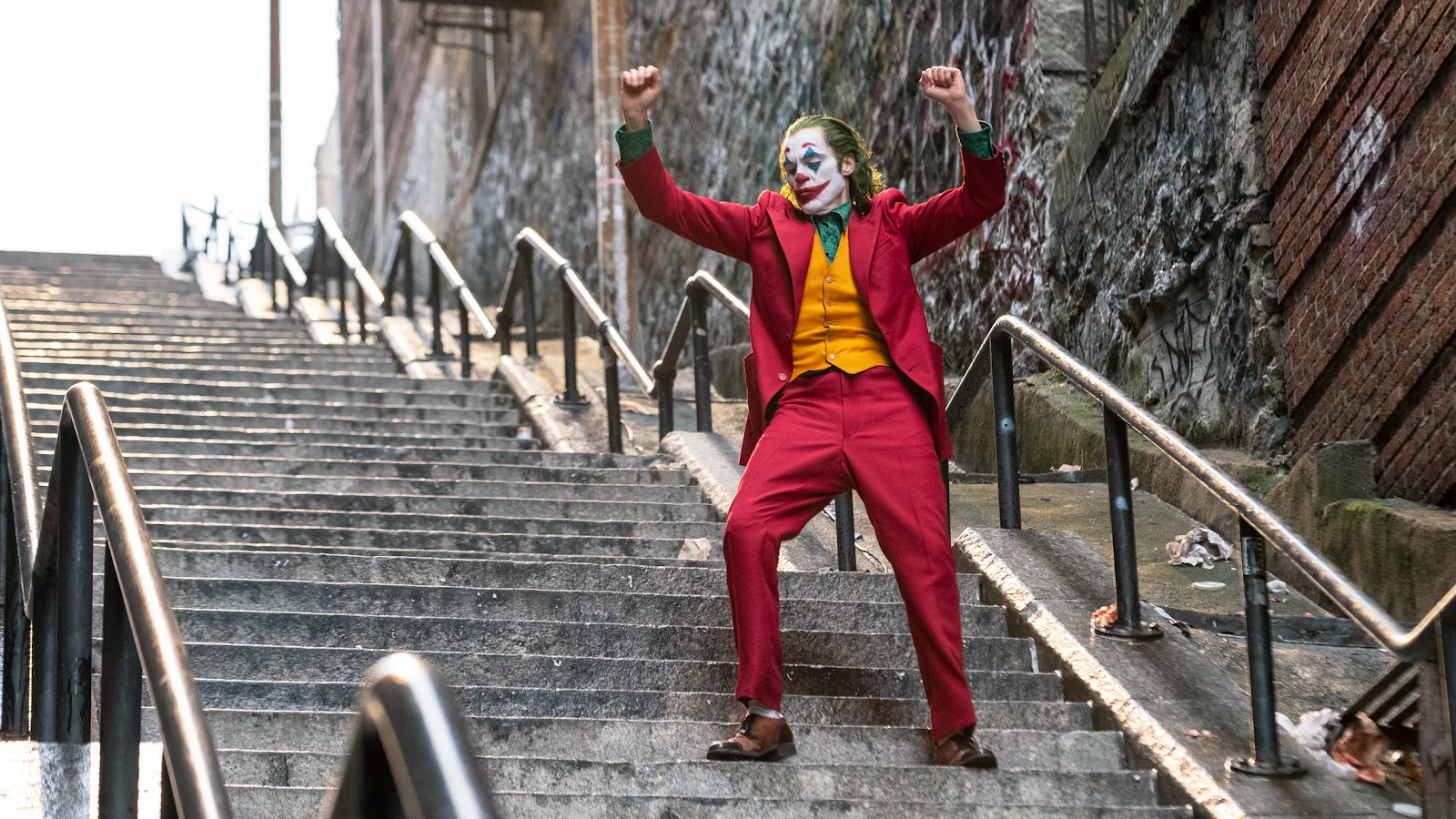Editing
Your final analytical blog task is to find a film or television clip on YouTube that you feel has been edited in a distinctive way and write a 750 word analysis of the clip.
Use as much media language as you can - and remember to highlight it. Try and use the key words we've learned for editing and any other aspects of film language you can apply.
There is a wonderful example online of an editing analysis of The Godfather baptism scene (a clip which also appears as task 6 of the editing section in the Film and TV Language unit). This gives you an idea of how to write in-depth media analyses focusing on aspects of film language.
If you're not sure what clip to pick, you will find plenty of lists online if you search for 'great film editing sequences' or similar. One example that comes up when you do this is the shootout scene from Michael Mann's Heat (3mins - 6mins particularly, but it's all brilliant)
00:00 - 02:40
The gunshot sound effects and glass shattering are quite loud, which puts the viewer in the atmosphere and really helps them get a feel of how loud and ferocious guns are in the real world. In fact, the gunshots are pretty much nonstop, which puts emphasis on the shooting. The use of shot/reverse shot in the beginning quickly throws the audience into the two sides of the shooting, helping to absorb them into the atmosphere of the scene. As well as this, the match on action at 0:02-0:03 immediately provides perspective on the scene. There is a lot of cross-cutting between the shooters, some of which break the 180 degree rule in order to show that there are multiple people firing in different directions. The fast editing quickly gives us all the information about the scene that we need - the people involved in the shooting, the public reaction, and the setting. The shooters all have close ups/medium close ups on their face, highlighting their emphasis as important characters in this scene. The match on action at 0:12-0:13 zooms out of the scene, providing a wider perspective. When the person dies of a bullet wound at 0:17, the firing stops to put emphasis on his death. This also happens when his friend is checking on him at 0:23. This is important as it signals the importance of his death. When the shooters are firing/running, the shots are taken from a handheld camera. This is done to provide shakiness which signifies the the recoil of the gun/the quick pace of running. It helps the viewer to imagine themselves actually being in the scene. The slow-mo at 0:46 puts emphasis on the person with the gun and helps to refocus the viewer. It could possibly be telling the viewer that something important is going to happen and that they shouldn't miss it. Also, the over-the-shoulder shot shows us another person shooting out of the back of the vehicle which connotes the teamwork that these shooters have, really highlighting the shootout that is happening between the two enemy sides. When blood begins to appear at about 1:08, this begins to show that more deaths are happening and it could also help refocus the viewer. This is then confirmed when at 1:11 the driver is seen with is head on the steering wheel, signalling to the audience that he is dead. This is then confirmed in the next few seconds when the vehicle he is driving crashes into another vehicle. At this point, a new setting is set as the road ahead is blocked by police, and the person gets out of his car. Quickly, the shooting resumes back to its original pace at the beginning of the scene as this time, a second shootout between a new enemy occurs. The over-the-shoulder at 1:26 helps put the viewer into the perspective of the shooter. The camera pan at 1:40 shows the proximity of a cop's death to his fellow ally. Again, the use of a pan at 1:42 helps illustrate the scene and show the proximity of the shooter to his targets and also signals to the audience that the shooter is shooting in 2 opposite directions. At 2:02, the handheld camera being at a roughly fixed position while filming an over-the-shoulder shot of shooter shoots in the 2 opposite direction highlights the shooter's importance and signifies the challenge that he is facing of having to shoot in 2 opposite directions. The viewer gets a good perspective of his action in the scene. The camera shot does not change between 2:00-2:11, even when the shooter is reloading. This really emphasises his importance as the fast paced editing is being paused and is instead being replaced by him reloading a gun. This contrasts the quick pace of the scenes beforehand and possibly gives the viewer a little break before jumping right back into the action. Again, most of the shooting/running scenes are being shot with a handheld camera with some form of shakiness to really immerse the viewer into the action. The shooting between the police in this part of the scene obeys the 180 degree rule, as the shooting is now happening in a straight line. However, it is broken between other shooters, particularly from 2:20 and on wards. In conclusion, this movie clip does an absolutely amazing job of immersing the viewer into the shooting.

Comments
Post a Comment